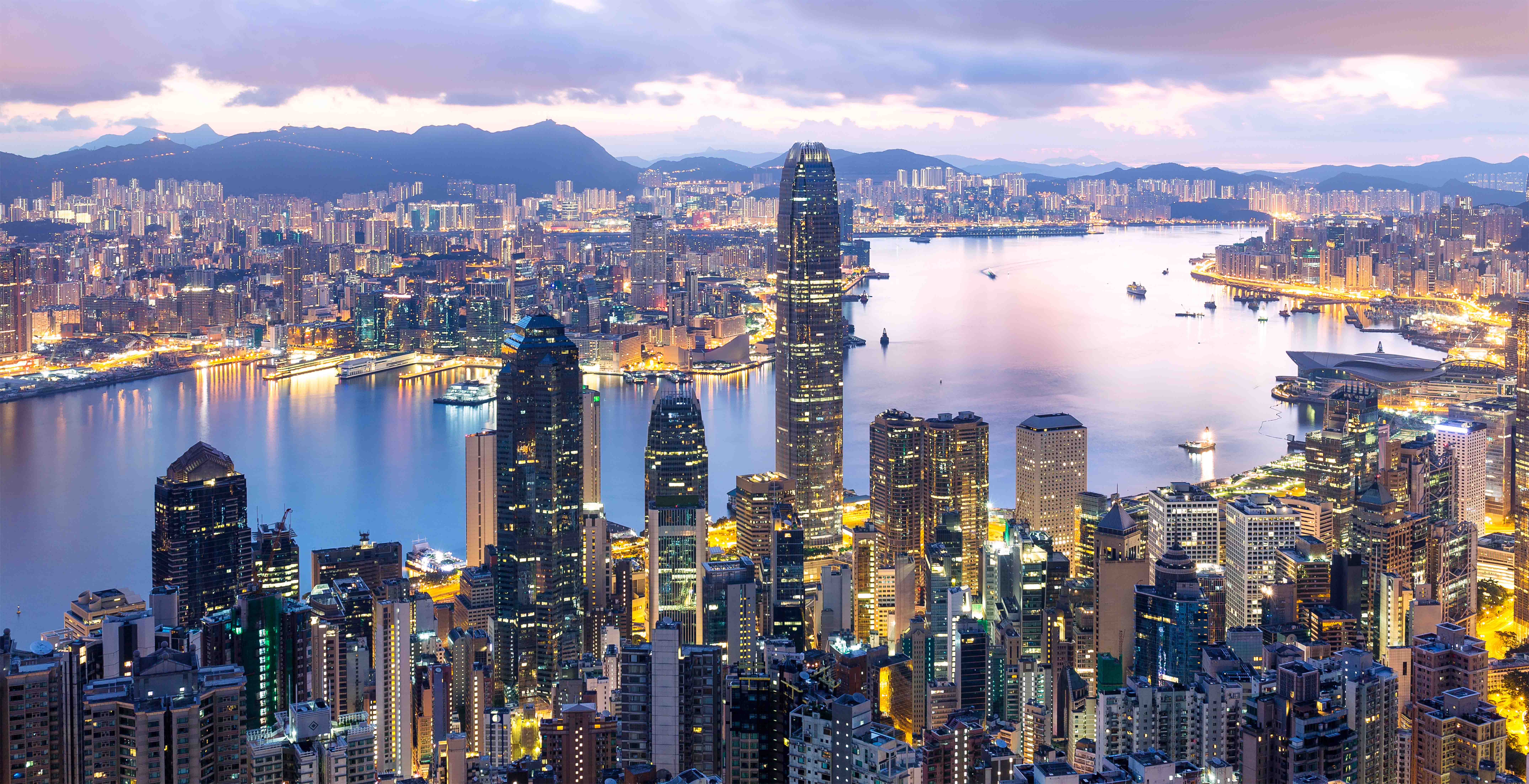
Population: 7 million
Province: Hong Kong Special Administrative Region (HKSAR)
Hong Kong is one of two Special Administrative Regions (SARs) of the
People's Republic of China (PRC), the other being Macau. A city-state
situated on China's south coast and enclosed by the Pearl River Delta
and South China Sea, it is renowned for its expansive skyline and deep
natural harbour. With a land mass of 1,104 km2 (426 sq mi) and a
population of seven million people, Hong Kong is one of the most densely
populated areas in the world. Hong Kong's population is 95 percent
ethnic Chinese and 5 percent from other groups.
According to historical records, people have inhabited small villages
around Hong Kong since the Song Dynasty (960-1279). They produced
incense sticks, which were then shipped from a nearby harbour, hence the
village gained its name Xiang Gang.
Hong Kong was a part of Guangdong Province until the Opium War of 1842,
when it was ceded to Great Britain as a colony. Upon Hong Kong's return
to China on July 1, 1997 it became a Special Administrative Region
(SAR).Originally described as a 'barren rock', it is now a world-leading
financial, trading and business center, as well as a shopper’s
paradise. Hong Kong is geographically and administratively divided into
three main regions: Hong Kong Island, Kowloon and the New Territories.
The New Territories also includes 235 outlying islands. Victoria Harbour
is between Hong Kong Island and Kowloon; continually being narrowed by
land reclamation. 96 percent of the population is Chinese with English
and Cantonese as official languages. Hong Kong is also the world’s
busiest container port, one of the world's four largest gold markets and
has Asia's 3 biggest stock market. Yet not far away from all the lights
of Kowloon and high rises of HK Island, you can still find tranquil
fishing villages and beautiful scenic walks.
The name "Hong Kong" is an approximate phonetic rendering of the
pronunciation of the spoken Cantonese or Hakka name, meaning "fragrant
harbour". In 1842, the Treaty of Nanking was signed, and the name Hong
Kong was first recorded on official documents to encompass the entirety
of the island.
Hong Kong is frequently described as a place where "East meets West",
reflecting the culture's mix of the territory's Chinese roots with
influences from its time as a British colony. Hong Kong balances a
modernised way of life with traditional Chinese practices.
Though it is situated just south of the Tropic of Cancer, Hong Kong has a
humid subtropical climate. Summer is hot and humid with occasional
showers and thunderstorms, and warm air coming from the southwest.
Summer is when typhoons are most likely, sometimes resulting in flooding
or landslides. Winters are mild and usually start sunny, becoming
cloudier towards February; the occasional cold front brings strong,
cooling winds from the north. The most temperate seasons are spring,
which can be changeable, and autumn, which is generally sunny and dry.